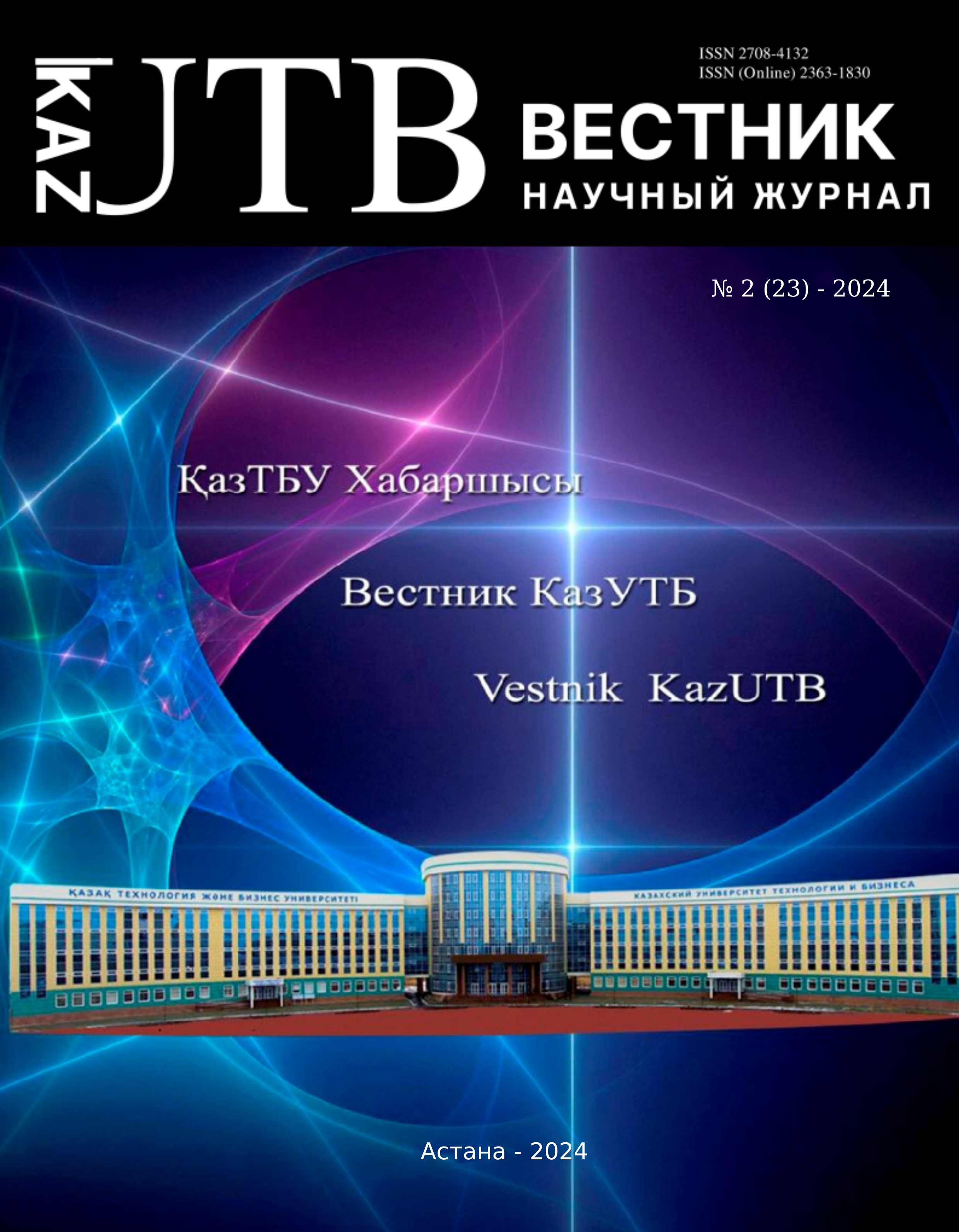Меню


Information and communication and chemical technologies
No. 2 (23) - 2024 / 2024-06-30 / Number of views: 289
TRAFFIC SIGN RECOGNITION IN CHALLENGING WEATHER CONDITIONS USING CONVOLUTIONAL NEURAL NETWORKS
Authors
Keywords
CNN, traffic sign detection, artificial intelligence, image analysis, classification
Link to DOI:
How to quote
Abstract
The ability of autonomous driving systems to recognize traffic signs in a variety of environmental conditions is crucial to their reliability. This study uses convolutional neural networks (CNNs) to provide a novel method for improving the accuracy of traffic sign recognition systems under challenging weather situations. The research focuses on developing a CNN-based model that is trained using the augmented German Traffic Sign Recognition Benchmark (GTSRB) dataset, which contains over 50,000 labeled images of road signs across 43 categories. To attempt to overcome the limitations of traditional CNN models under adverse environmental conditions, this work presents adaptive feature extraction layers that are especially made to reduce visibility problems brought on by rain, fog, and snow. By taking a comprehensive approach, the model uses advanced data augmentation methods to simulate different weather scenarios, greatly increasing the diversity of the training dataset. Through an analysis of theoretical and practical aspects, the study demonstrates how CNNs enhance the accuracy and efficiency of road sign detection systems in a different weather condition. Research evaluates the model's effectiveness using metrics such as precision, recall, and F1-score, proving its capability to reduce false positives and accurately detect relevant road sign instances. Additionally, the paper highlights the importance of careful dataset preparation and augmentation, model optimization, and training enhancements to improve the performance of road sign detection systems. The results of this research offer benefits for intelligent transport systems, autonomous driving, and road safety, pointing towards further advancements in precise and dependable road sign recognition technology.



